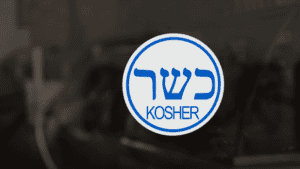Last Updated on March 31, 2025 by Packoi Team
Varnish and lamination are popular coatings for protecting and enhancing printed materials. Varnish is a liquid coating that adds a smooth, protective layer, while lamination seals print with a plastic film for extra durability.
Choosing the right option depends on your project’s needs for protection, cost, and finish.
What Is Varnish?
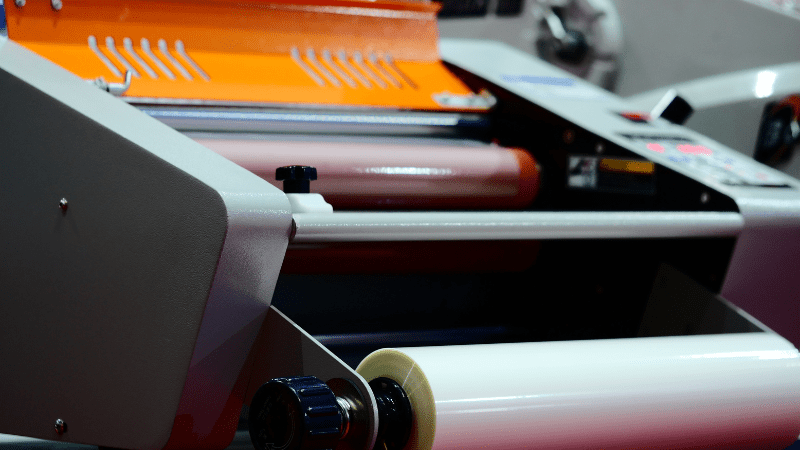
Varnish is a coating generally applied after printing to protect and enhance the appearance of a printed material or product packaging. An apparent, smooth ink spread on product labels provides a protective coating and adds flair to the packaging.
What Is Lamination?
Lamination is a thin layer of plastic film spread on printed materials to protect the underlying paper. This plastic barrier, also known as laminate, is water-resistant and durable. Layering printed materials with plastic protects them from general wear and tear, like creasing, scratching, sun damage, and water damage.
Lamination printing comes in various textures, but the most common types are matte finishes and glossy finishes.
Matte veneers involve a sophisticated, elegant, no-shine finish that gives the print a subtle, muted, and natural texture. Matte laminates are used to cushion label material from harsh environments and provide an elegant but muted look to the printed label.
On the other hand, gloss finishes involve a smooth, sharp, shiny finish. Glossy laminates have a pronounced sheen and more contrast, improving their visual appeal. Gloss laminates are used in custom-printed labels to shield against moisture, dust, and fingerprints.
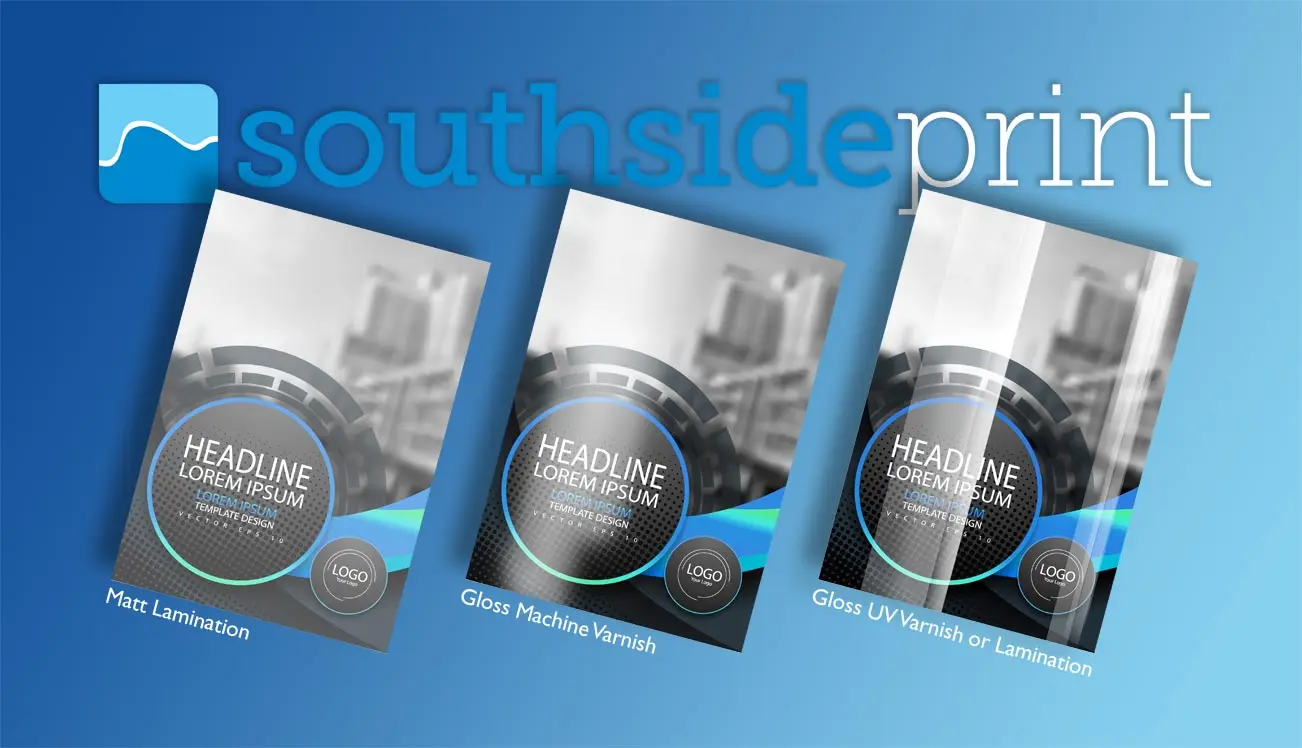
How Are Varnish and Lamination Different from Each Other?
Both varnish and lamination are great topcoat layers for custom labels since they protect the ink from harsh environments. However, there are several differences between the two types of protective coating:
Varnish is a straightforward, complex, and transparent liquid coating, while laminate is a thin layer of plastic coating. Laminates provide a thicker seal around the label and are therefore considered the ultimate protection against general wear and tear.
Varnish is more suitable for flexible packaging and enhancing the appearance of a printed medium.
Varnishes protect the printed surface from scuffing and smudging, while laminates shield against abrasion, chemicals, cracks, creases, and water damage.
Plastic seals are more durable than varnishes and provide a better safeguard against harsh environments, particularly labels or product packaging that come in frequent contact with water or chemicals.
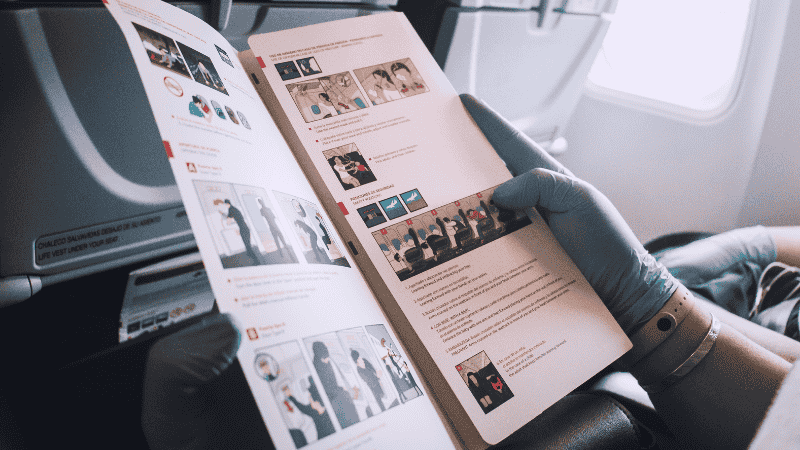
Varnishes can be applied across the entire label surface or in particular sections of a title as a spot varnish to improve the appearance or design of the printed medium.
However, laminates can only be applied over the entire brand surface. For this reason, varnishes are generally used in high-textured labeling, while the latter is typically used in the exterior cladding of paper packages.
Varnishes are environmentally friendly since they are recyclable; varnish labels that use UV coating do not contain volatile organic compounds (VOC). In contrast, laminates are made of non-biodegradable materials and are unsustainable.
What Are Varnish Benefits & Drawbacks?
There are a few factors to consider when choosing which protective layer to use on a printed medium.
The Benefits of Using Varnish in Secondary Printing
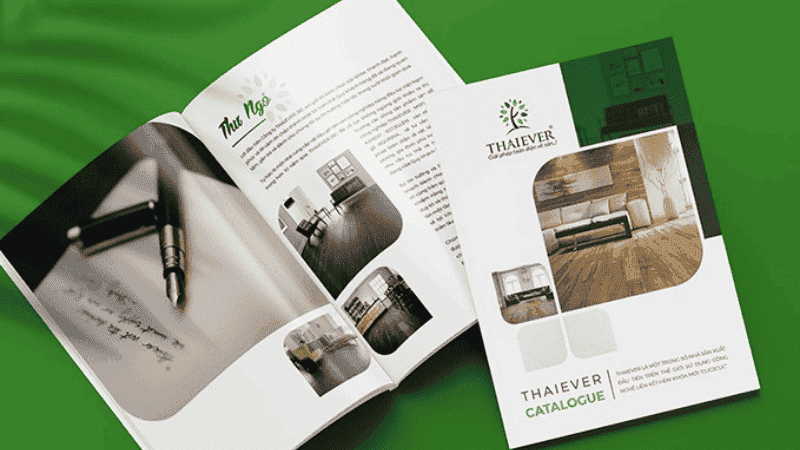
- Cost: Varnish is cheaper than laminate per unit.
- Design: Varnish is better for high-textured labeling. Unlike laminates that must be applied across the entire surface of the printed material, spot varnishes can create subtle design elements.
- Aesthetic: Varnish is visually appealing and heightens the perceived quality of a printed medium. Some types of protective coatings, like matte and gloss varnish, are elegant and give aesthetic beauty to custom-printed labels.
- Sustainable: Most varnishes are environmentally friendly; water-based varnish and UV coating are biodegradable and do not release toxic compounds into the atmosphere.
Ready to Get Custom Packaging for Your Business?
start with a low minimum order quantity
The Drawbacks of Using Label Varnish
- Limited protection against specific elements like water, chemicals, and severe wear and tear: Unlike laminates, considered the ultimate protection against moisture, chemicals, and abrasion, varnishes offer a lower degree of shielding in harsh environments.
- Yellowing: Varnishes, especially those made from natural resins, tend to discolor with time, leaving a yellow tinge on the printed surface.
- Unsustainable: Some types of varnish are not entirely environmentally friendly and require care to prevent toxic compounds’ emissions.
What Are Lamination Benefits & Drawbacks?
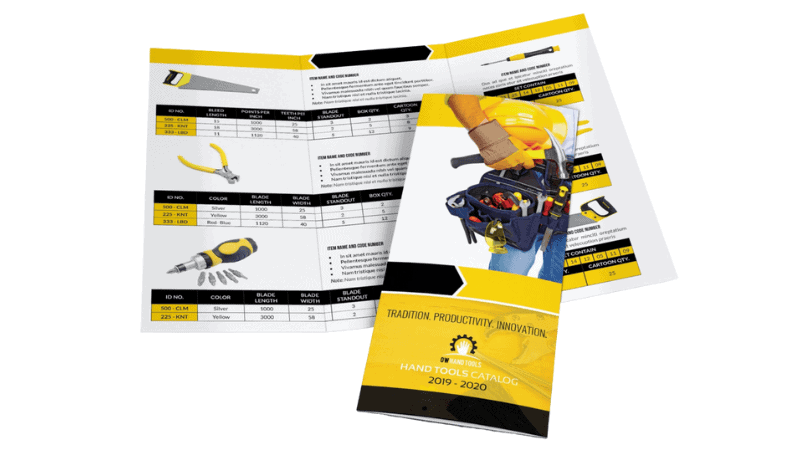
The Benefits of Layering Labels With Plastic to Protect and Enhance Their Appearance
- Durability: Sealing a label material with plastic is an effective way of protecting the print from all kinds of damage in the long term. The plastic coat is hard-wearing and more durable than varnish.
- Protection: Coating printed materials with a plastic seal is not only more durable than using varnish, but it also protects against a greater number of compounds, including chemicals, dust, and water. Unlike varnishes, which cannot safeguard against water or chemical damage, plastic seals are impenetrable, and dust can be easily wiped off. Promotional materials in harsh environments, like restaurant menus, bookmarks, and machinery operating instructions, are better laminated than varnished.
- Quality: Laminating printed material gives it a professional and luxurious appearance. Coating a label with an ultra-thin plastic seal enhances the ink colors of the printed material and is likely to hold the audience’s attention longer.
- Aesthetic: The laminate seal improves the aesthetic beauty of a product label. Matte lamination can give an elegant and muted look to a product design. Additionally, gloss lamination has a shiny, chic, and visually appealing look. Lamination also does not blemish the quality of the label in any way.
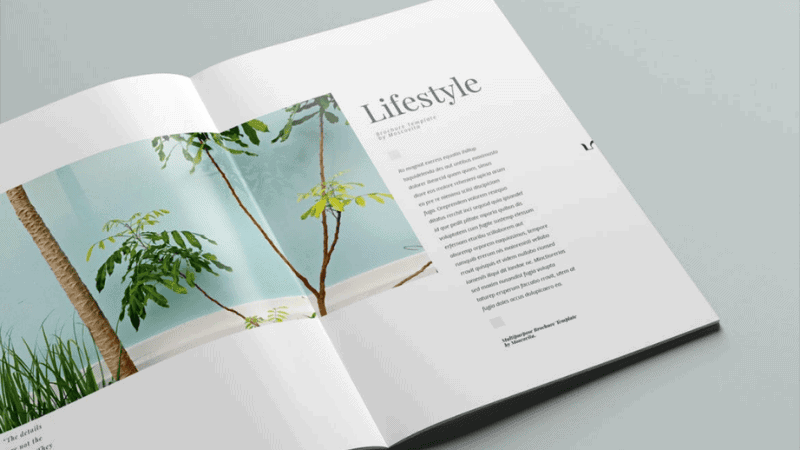
The Drawbacks of Lamination
- Cost: Lamination is more expensive than varnish. One of the reasons for the higher costs is that laminates can only be applied over the entire print medium and are more durable than varnish.
- Unrecyclable: Coating a print medium with plastic is not as eco-friendly as varnish since the laminate is non-biodegradable.
- Quality: The printed medium or label can be damaged if the thermal transfer process is not operated correctly. Moreover, some laminates are brittle and prone to chipping.
Varnish and Lamination: Which Is Recyclable?
Most types of varnish are recyclable, unlike lamination, which uses non-recyclable compounds. UV and water-based varnish are recyclable. However, the plastic used in the latter is problematic, although more recyclable mixtures, such as soy polymers, are increasingly being used to protect labels.
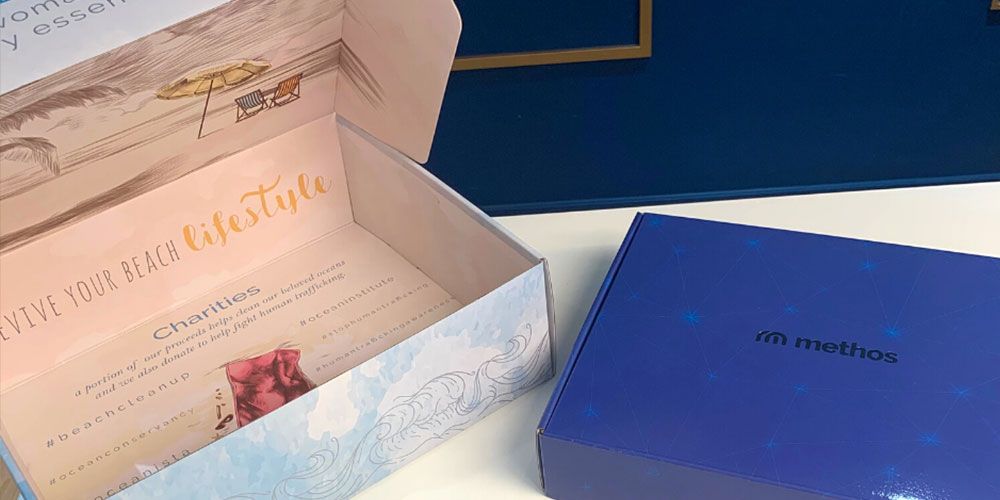
When Should You Use Varnish?
Varnish is recommended for design-oriented but low-budget printing. Varnish can be easily manipulated to provide the intended sensory experience for the audience interacting with the label. Spot varnishes are an elegant way to maximize the contrast between gloss and matte varnish.
They can also be used as subtle design elements to create a desired effect on the audience. Furthermore, the varnish is less expensive than lamination and, therefore, appropriate for low-budget printing.
When Should You Use Lamination?
Lamination is recommended for durable and professional printing. Laminates are hard-wearing and protect the printed medium from all types of damage, including general wear and tear, chemical spills, and water damage.

Lamination is, therefore, advisable when a high degree of protection is required. Sealing a custom label with a plastic coat also gives it a professional and aesthetic appearance. The laminated paper has a professional and vibrant look and gives the impression of a well-prepared document.
Depending on the publisher’s design needs, there are also matte and gloss laminates to soften or add shine to the label.
The Cost of Varnish and Lamination
Varnish is less costly than lamination in terms of unit price. However, some types of specialty varnishes or designs, like UV and spot varnish, can be significantly more expensive compared to traditional lamination.
How Do You Choose the Right Type of Finish for Your Project?
The varnish vs. lamination debate is hinged on the publisher’s needs. When choosing the right type of finish for your project, it is vital to consider three facts: durability, budget, and appearance.
Gloss finishes are reflective, and while they provide the best protection against general wear and tear, any abrasions, indents, or smudges are sure to grab unwanted attention.
Ready to Get Custom Packaging for Your Business?
start with a low minimum order quantity
Matte veneers are less vibrant, and while they are more susceptible to general wear and tear, they do not draw attention to likely indents, creases, or spills.
However, gloss finishes are often less costly than matte finishes and are considered by many to be the more professional option. Glossy finishes have a vibrant, sharp, and polished look, although a matte finish’s natural, muted look may be preferable in specific designs.
Matt veneers contrast less with dark colors, producing an elegant, softer look. However, a publisher who wants to make a high impact with a label design will prefer a glossy finish.
Examples of Projects Where Varnish or Lamination Would Be the Best Choice?
Varnish is the best choice for low-budget product-label design projects that do not place a lot of emphasis on durability. It is the best option in high-textured labeling where the publisher wants a desired effect on the audience.
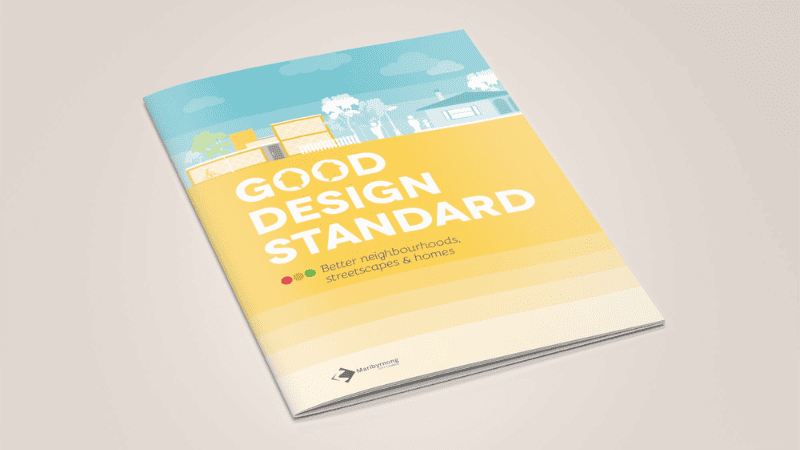
For instance, spot vanishing, label varnish, and soft-touch varnish can be applied to highlight certain sections of a label, thereby adding a layer of flair and depth to the print. Vanishing can be manipulated to create a specific sensory experience and is, therefore, the best choice for intricate label designs.
On the other hand, lamination is the best choice for product label design projects where durability and professionalism are the most significant considerations. For instance, varnish makes a great cover finish for saddle-stitch print materials like magazines and comics.
At the same time, lamination is used in the bodies of case-bound books to prevent damage to the printed surface during binding. Lamination is more durable than varnish and gives the sealed printed materials a vibrant and professional appearance.
It is the best choice for promotional materials like workplace policies or safety instructions that are routinely exposed to harsh surroundings.
Although varnish is the best choice for subtle design elements, matte and gloss lamination options can be applied to heighten the aesthetic beauty of the print medium, especially if durability is the more significant consideration.
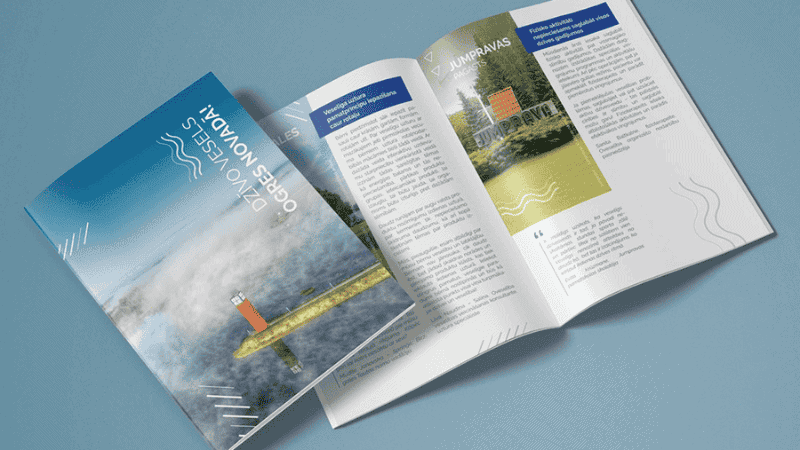
Conclusion
Varnish and lamination protect printed materials like labels, offering durability and enhancing design. Lamination is more durable, guarding against water, chemicals, and abrasion, while varnish adds subtle design effects. Though varnish offers less protection, it creates unique sensory experiences.
Laminated prints can also be visually appealing with matte or gloss finishes. Both options enhance professional materials like business cards, books, and packaging.
Get the Best Printing Solution with Packoi Now!
Are you in need of printed materials that are not only durable but also communicate your business brand or personality? Are you looking for product packaging that is both sturdy and unique?
Packoi is one of the most reputable printing companies, offering quality varnish and lamination layering in matte and gloss finishes.
You can order any print medium, including children’s books, yearbooks, calendars, custom cards, restaurant menus, photo and art books, catalogs, and varnished or laminated branding materials, to meet your personal or business needs and tastes. Get in touch with us quickly!



